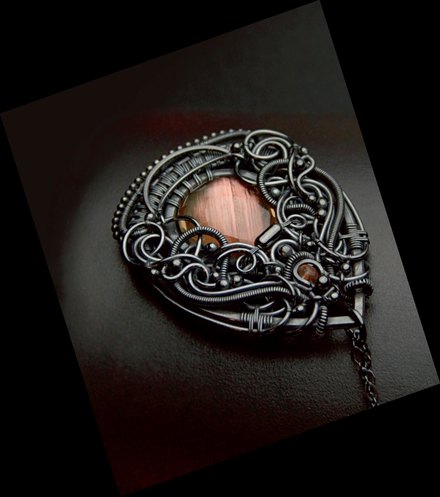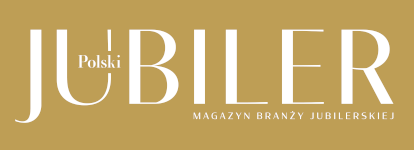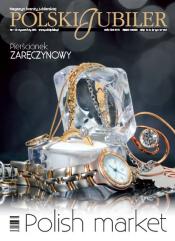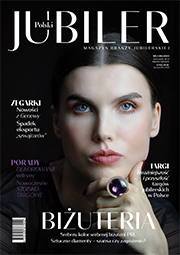Figures from Okręgowy Urząd Probierczy (OUP) show that, in 2013, gold consumption in Poland reached 4 tones and silver consumption reached 21,5 tones. In the long run, driven by continued increase in upscale consumption, and number of marriages, there is still a definite growth potential in Polnad’s consumer market for gold and silver jewellery.
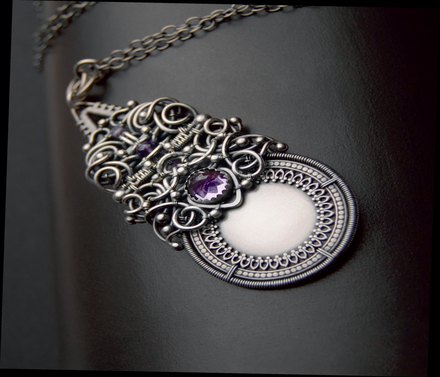
Poles spend their money to buy jewelry which they regard not only as beautiful and valuable items or capital investment, but also as an investment in the contemporary art. More recently, the jewelry market has been undergoing significant changes which prove that jewelry showroom customers have considerable interest in purchasing costly luxury items.
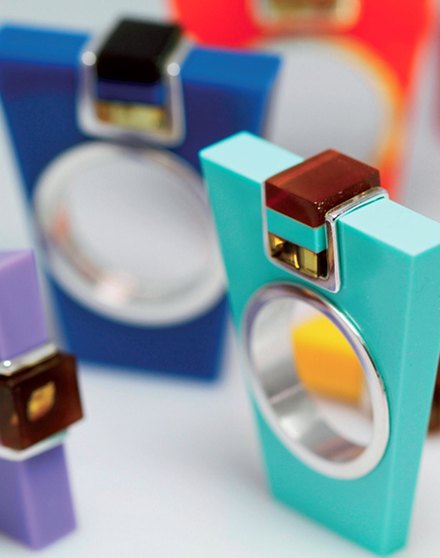
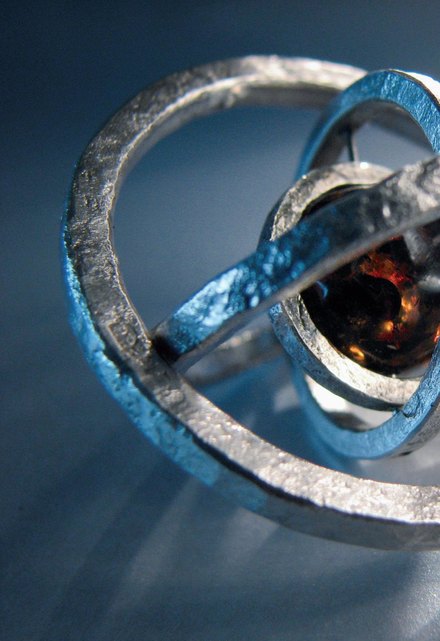
Gold jewelry
The Polish market for gold jewellery has gradually shifted away from mass market gold sales but enjoyed a renaissance at the high end with the growth of designer gold jewellery brands, particularly in white gold. It should be noted that weddings are a key driver of Poland demand for gold jewellery today. In 2013 the Polish market for engagement rings and wedding bands is more than 2 billion PLN. On average, couples spend between 800 and 2,000 PLN on the wedding rings, and there is a growing trend towards more premium, customized products. Couples spend between 2,000 and 3,300 PLN on an engagement ring. Gold’s malleability makes it very workable, making it easy to resize and personalize with engravings and there are few better ways of making an eternal statement of love than inscribing a message in gold. The range of colors that gold is now produced in means that consumers also have more options, and today almost 70 per cent of brides choose to wear white gold for their wedding or engagement rings. Poland is one of the fastest-growing market for gold jewellery, driven by a society that is becoming steadily more affluent but which holds the view that purchasing gold jewellery demonstrates sound financial foresight. Research shows that 75 per cent of Poles agree that ‘gold jewellery is an investment’. So it is surprising that the majority of Poland consumers buy high purity 14 karat gold jewellery. Growing affluence has brought new opportunities to acquire beautiful gold jewellery. The rising generation of Poles are turning to gold to demonstrate their aspirations and identity, seeking out fresh, modern takes on distinctively Polish designs. In Poland, customers are increasingly likely to buy gold jewelry at specialty stores – private and corporate showrooms – and in gift shops, souvenir stores and on markets. In Poland the gold jewelry bought is in the largest companies operating on the Polish jewelry market – in the Apart. The Apart jewelry company has over 200 showrooms in Poland. Consumers have become more discerning and want the jewelry they purchase to be not only made of the most expensive metals in the world, but also to represent miniature masterpieces of the goldsmith’s art. The increasingly financially comfortable Poles are eager to look for luxury items whose market value will multiply over time. A growing consumer interest in the jewelry offered in artisan jewelry galleries seems to be the proof. At artisan jewelry galleries, customers may find products made by both the Academy of Fine Arts professors, well-known and respected goldsmith artists, and young artists who are making their debut on the Polish art market.
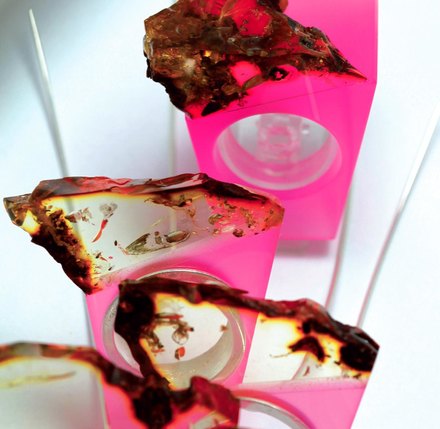
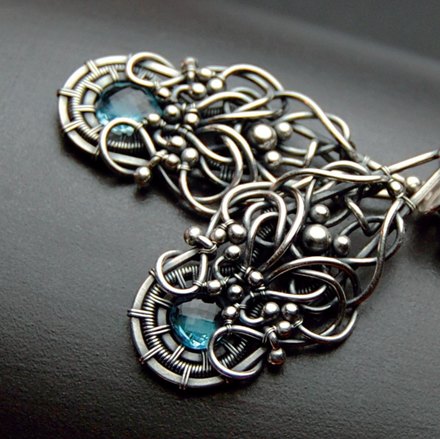 Modern jewelry
Modern jewelry
Silver jewelry is the bestseller in Poland. It is estimated that in 2014, silver jewelry constituted almost 60 per cent of the market, with the gold jewelry in the second place. Poland is the third producer of silver in the world. It is estimated that the Polish silver jewelry market is worth almost 6 billion PLN. Silver’s unique physical properties, its radiance and malleability, its purity and untarnishable nature, have proved an irresistible combination for polish jewellery designers. The result has been the extraordinary variety of silver jewellery that exists today. A fusion of local artistry and urban chic, symbolism and expressiveness, and finely honed techniques culminates in extraordinary pieces. The intrinsic value of silver today has driven elite designers to both reinvent the classics and take gold design in starkly new directions, elevating its preciousness. In Poland are two centres for silver jewelry – Gdańsk and Warsaw. Tapping into this new trade in silver polish designers has created two digital platforms: trendymania.pl and olissimart.com. It is simply a place to discover the most beautiful silver jewellery being made, desired, given and worn today. Polish jewelry is mainly associated with amber and silver. It is not surprising that the ‘Polish national treasure’ wins the hearts of not only Polish women but also women looking for unique jewelry all over the world. Therefore, manufacturers and designers of amber jewelry are striving to surprise their customers and also offer them unusual forms of jewelry, designed to meet the requirements of discerning customers. Silver is inseparably associated with amber, and thanks to silver, artists creating in metal bring out the natural beauty of the Baltic treasure. In the studios of Polish masters, a unique silver jewelry is being created, ‘tailored’ to modern women. Some designers create their jewelry using gold. Designers also attempt to use white gold, which perfectly matches amber and does not break with the traditional perception of amber jewelry. Moreover, it is worth noting that the Polish market also offers amber jewelry combined with wood or even plastic. Wooden jewelry including amber is very popular – it is not only aligned with the latest environmental trends, but it also emphasizes the aesthetic qualities of amber. Amber is also freely combined with leather, silk, wood and cotton rope. Amber beads and necklaces are often comingled with semi-precious stones (turquoise), pearls, crystal, gilt silver, ebony and red reef coral. Amber has come into the fashion; amber jewelry is often presented in fashion shows and celebrities are happy to wear it – perhaps because it is so universally applicable. The current clear trend is to move away from the previous homogeneous image of amber jewelry: a traditional, typically oval cabochon in a silver frame. Nowadays, a clear distinction is emerging between a commercial jewelry – by definition a low-cost made using a simple technology – and the artisan jewelry made by its creator: the jewelry that enjoys the best recognition and which must wait for its buyer.
